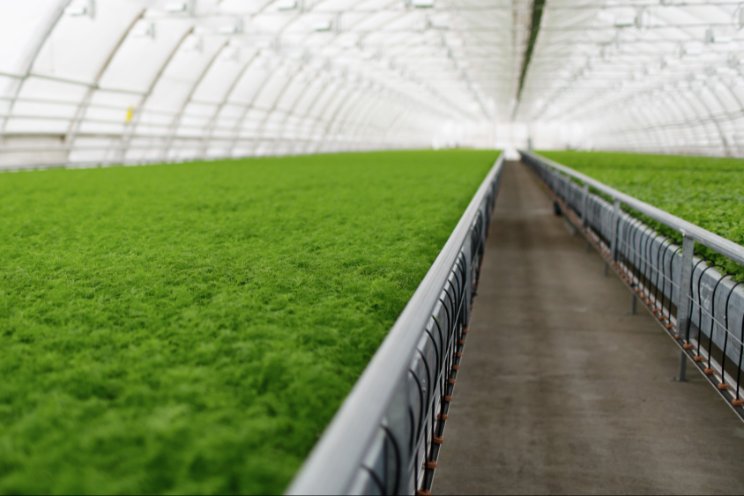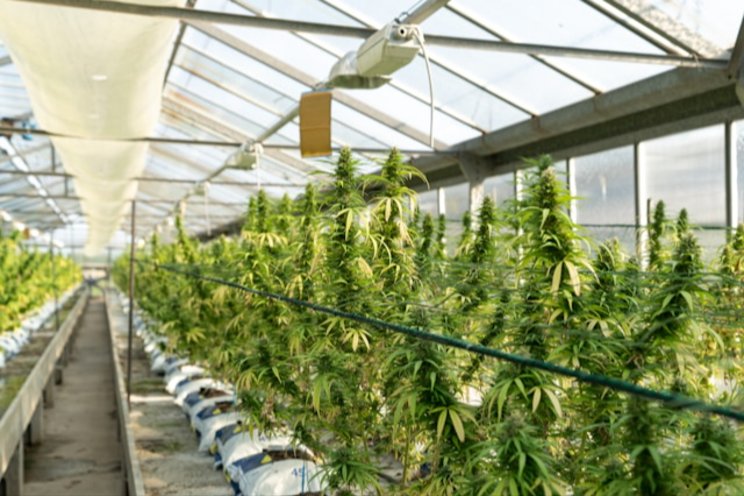Why heater placement matters in the greenhouse
Added on 28 August 2020

Layout and Orientation
When it comes to the installation, critical items come into play when bringing HVAC into a greenhouse. Once the system is actually going to be installed, it's critical that it's placed where a technician can easily access the unit for service. One mistake we commonly see is that the unit is installed so that the controls are tucked against a wall. How will a technician get into the unit when the door can't even be opened?
Precautions must be taken to ensure the motor and the fan blade are accessible, too. Proper positioning of the unit in the greenhouse is critical for serviceability, and that needs to be understood in advance.
Anticipate Service
There are numerous accounts of people who have put in units with an orientation where they can't work on it. The unit might be too close to a wall or there is a beam that goes across the back of it or there's a shelf that blocks access to the bottom. Serviceability has to be considered from the start.
All these things must be considered in heater placement. If not, it can create ongoing headaches for years. Before installing a heater, it's a good idea to make a checklist of things that will have to be serviced, such as the motor assemblies and the gas system, and what items will need to be accessible, like the controls. This way, all factors can be taken into account during the installation.
This can include items such as having easy access to the unit heater to be able to:
- Visually inspect wiring, gas pipes, fans, and venting systems.
- Check and adjust manifold gas pressure.
- Inspect burner tubes for clogs and foreign materials.
- Inspect the main burner gas orifices to make sure they are not blocked or dirty.
- Check the heat exchanger for any blockages or failures.
Operating a greenhouse and its controlled environment is no easy feat. For a greenhouse to be successful, everything, from the heating to the ventilation and the humidity, has to essentially be perfect. For the greenhouse to function at its optimal level, the greenhouse's heating unit must also operate at peak level. So, when a unit is installed, it's important that it is done with the inevitable in mind — if a technician can't access the unit, it can't be fixed or maintained.
Source: Greenhouse Grower
Photo: Modine Manufacturing
Source: Greenhouse Grower
More news















